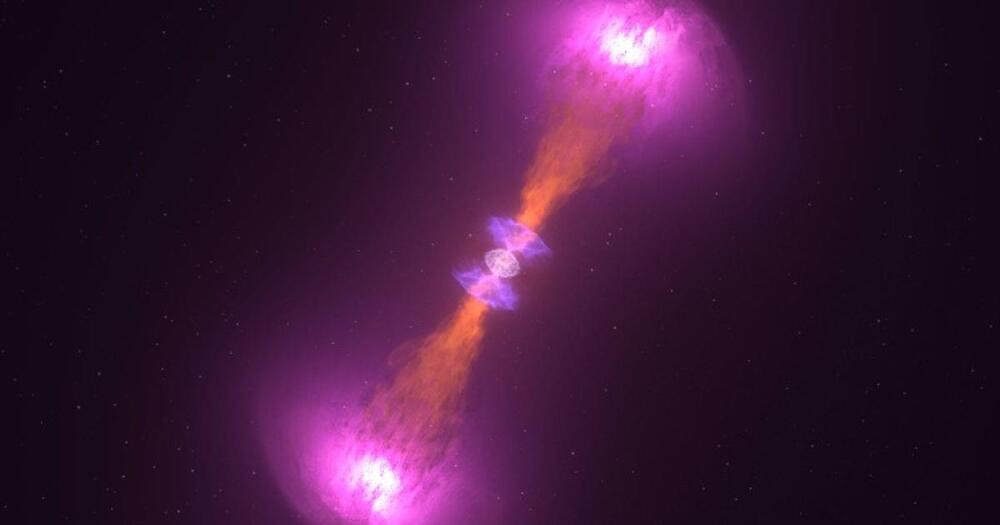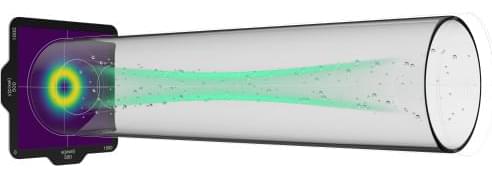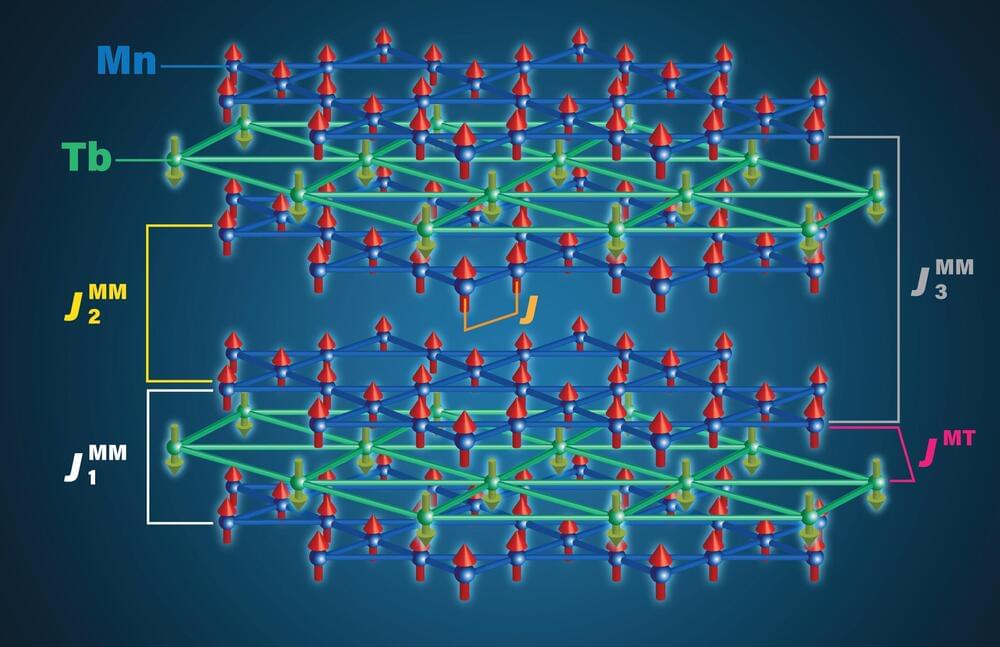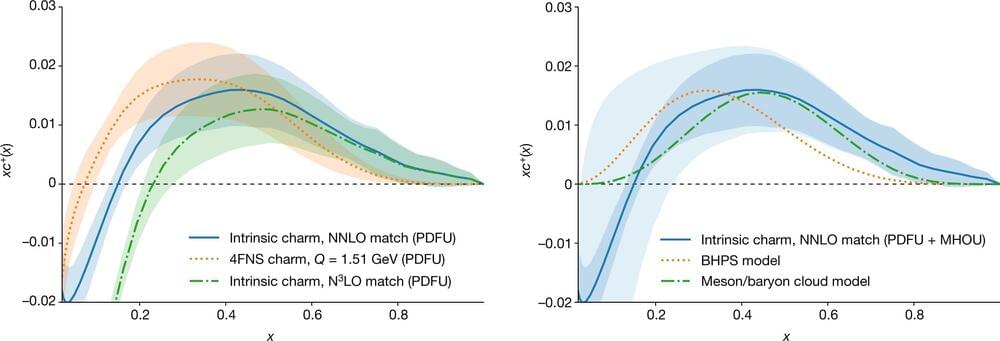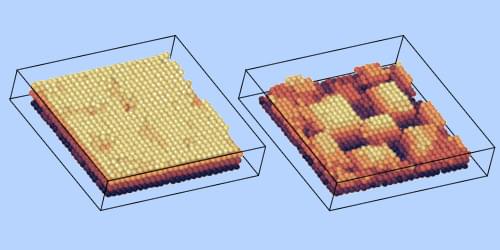Aug 22, 2022
Atoms Blasted with Fibonacci Laser Produce Two-Dimensional Time
Posted by Shubham Ghosh Roy in categories: computing, particle physics, quantum physics
Exactly like a quasicrystal, this arrangement is ordered without repetition. Similar to a quasicrystal, it’s a single-dimensional representation of a 2-dimensional pattern. As a consequence of the flattening of dimensions, the system is given two time symmetries instead of just one: the system is given another dimension of time that does not exist.
Nevertheless, quantum computers remain extremely complex experimental systems, so it is not yet known whether the benefits of the theory will hold true in actual qubits.
The experientialists tested the theory using Quantinuum’s quantum computer. Periodically and using Fibonacci sequences, laser light was pulsed at the computer’s qubits.

